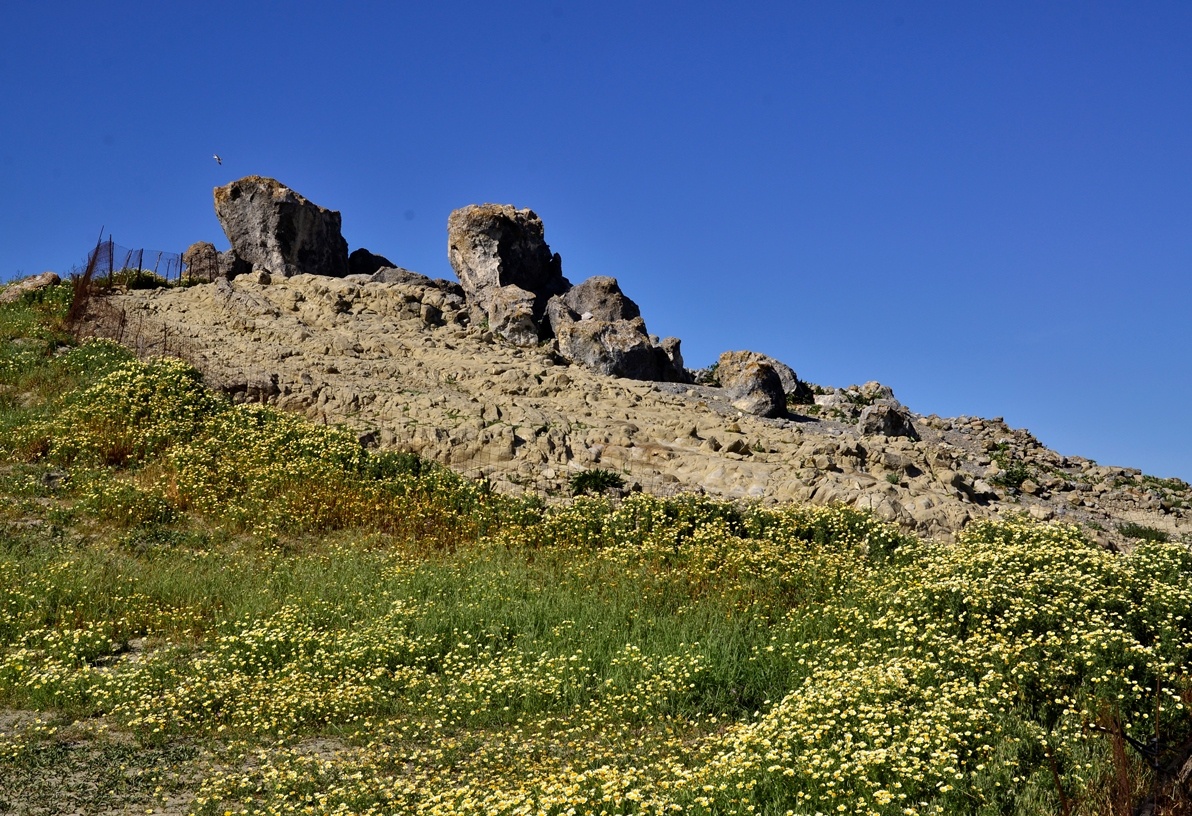
Crete was under constant threat of Ottoman invasion during its last years of Venetian rule. The invasion started in 1645 with an attack on Chania. Sixty thousand Ottoman soldiers disembarked from 400 ships and soon took over the city.
Rethymno was the next target and fell into Ottoman hands in 1646. By the end of 1648 Ottoman Sultan Ibrahim I had the whole of Crete under his control, apart from Heraklion, the siege of which lasted 21 years. In the end, on 27 September 1669, Heraklion surrendered. The heroic battle cost the life of 117.000 Ottoman soldiers and 30,000 Cretans and Venetians.
Incredible destruction followed the conquest. Churches were looted, while others were turned into mosques. Even roads and houses were destroyed by the destructive rage of the conqueror.
Many of the locals left Crete to escape execution, thousands were imprisoned, while others fled to the mountains. A large number of Ottoman settlers arrived, forcing the constantly shrinking Christian population into further misery. Cretans had to pay much higher taxes than other territories of the Ottoman Empire. Some of the farmers became slaves and private property was confiscated.
The conditions of slavery led to constant uprisings against the Ottomans. Strict countermeasures against the Christian population followed most local uprisings.
In 1821, when the Greek Liberation War began, Crete participated in force. The Ottomans asked for the assistance of the Pasha of Egypt and his soldiers broke the island’s resistance. In 1832 the Greek State was founded, but it did not include Crete and the island passed into the hands of the Egyptians, in recognition of their assistance to the Ottomans.
The great Cretan Revolution broke out in 1866, supported by volunteers and reinforced by the whole of liberated Greece. Initially the revolutionaries had a series of victories. But as more and more Ottoman forces disembarked on the island, the countermeasures became harsher and were enforced more often, even on people who did not participate in the revolts. The holocaust of Arkadi Monastery was a tragic symbol of the Cretan struggle for independence. Hundreds of women and children found refuge at the Monastery, refusing to surrender to the Turkish forces and blew up the gunpowder stores, taking hundreds of Ottoman soldiers with them to the grave.
In the end, after years of struggles, the Great Powers (Britain, France, Italy and Russia) decided that the Ottoman Empire could no longer control Crete and they intervened, so the Ottoman forces were expelled in 1898 and the Cretan Republic was declared independent.



